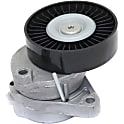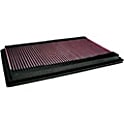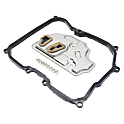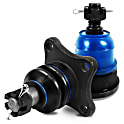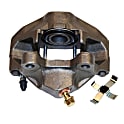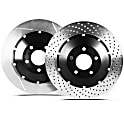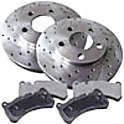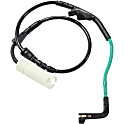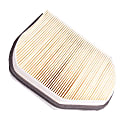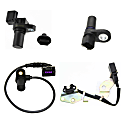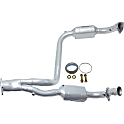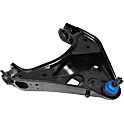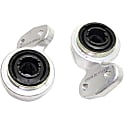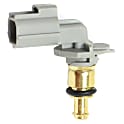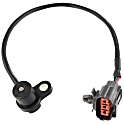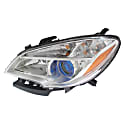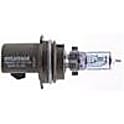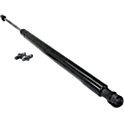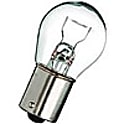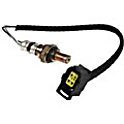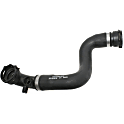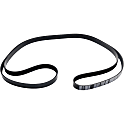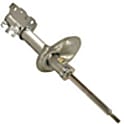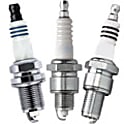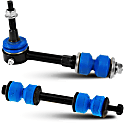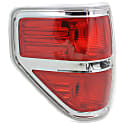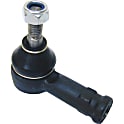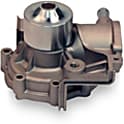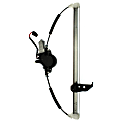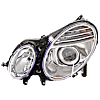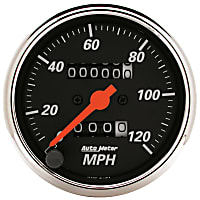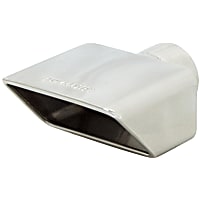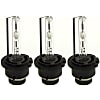{
"lazyNodes": false,
"abFitnotesFlag": false,
"abCrawlReviews": false,
"productOptionsCookie": false,
"orderDelayFlag": false,
"skipSessionCookie": false,
"covidMessage": false,
"fullTitleCookie": false,
"nrLoggerCookie": false,
"checkoutReviewCookie": false,
"productOptionSeqCookie": false,
"maintenanceFlag": false,
"bufferETACookie": false,
"multiShippingDiscountFlag": false,
"newFitmentFlag": false,
"surveyOptInFlag": false,
"crossSellFlag": false,
"skuMappingFlag": false,
"paySplitCookie": false,
"callDisableFlag": false,
"zipPaymentFlag": "u",
"hassleFreeReturn": false,
"lifetimeReplacement": false,
"cpn_off": false
}
Mercedes Benz E320 Parts & Accessories
Find the right parts fasterSelect Your Vehicle Part
Top Rated Products
Popular Products
Product Questions & Answers
Shopping for Mercedes Benz E320 Parts
FAQs—Mercedes Benz E320
The key of my Mercedes Benz E320 got stuck and would not turn. What should I do to fix this problem? I need my car for my daily commute.
The problem may be due to a faulty ignition lock cylinder or a damaged transmission shifter. Both of these result in keys getting stuck in the ignition. You may need to replace the ignition lock cylinder to fix this problem. To better diagnose the problem, you might want to seek the help of a trustworthy mechanic.
The clock on my Mercedes E320's instrument panel failed. Is this something to worry about?
The answer is both a yes and a no. Yes, because clock failure may be an indication that the rest of the instrument panel will soon follow. As for the clock per se, its failure is actually not a big deal since you can always check the time on your mobile phone or wristwatch. Your big concern should be the rest of the instrument panel breaking down because it is quite expensive to replace and repair.
I can hear rattling under my Mercedes Benz E320, and I'm not even on the road yet. It rattles even when I'm just starting my car. What could be the problem with it?
The rattling sound underneath your car even though it's not moving is an indication of a faulty exhaust catalytic converter. The converter contains a substrate that is responsible for reducing emissions. This can loosen and break down to pieces clogging the outlet pipe. You need to have it repaired at the soonest time possible because it can cause your car to lose power.
The check engine light of my Mercedes Benz E320 is always on. Is it okay to reset it? What could be the pros and cons of resetting the check engine light?
The check engine light is part of the warning system of your car. It is connected to your vehicle's on-board computer. If it lights up, then that means that the computer has recorded a fault code. This fault code must be read in order to accurately pinpoint the specific problem of your car to facilitate correct repair. You may call your dealer if they can read the fault codes for you for free to save on cost. Now, if you will reset the Check Engine Light before having the codes read, then you are jeopardizing your own safety. You will also cause great damage to your car since important repairs would not be made.
My car is vibrating like crazy when I am driving. What could be causing this?
There are four possible reasons for this. One, it could be because the tires are out of balance or the wheels are misaligned. Two, it may be due to worn-out parts such as the upper strut bearings, tie rod ends, ball joints, and struts or shocks. Three, there might be resonance in the exhaust. And four, it could be due to a powertrain problem. Whatever the reason is, it's best to let a qualified mechanic help you out. He will know exactly how to test your vehicle and find the exact cause and fix it.
Mercedes Benz E320: A Master Class in Luxury
Everybody knows the name, Mercedes Benz. Ever since Karl Benz rolled out the very first gas-powered car in January of 1886, the company was destined for greater things. The Mercedes Benz E320 is a fine example of this success. Coming from a line with over 82 years of rich history, the E320—in many ways—has come to define all the qualities that make Mercedes Benz a true master class: luxury, dependability, and amazing performance. Indeed, this executive car is proving to be one of the most successful and most sought-after from the German auto manufacturing giant.
1930-1994: The pre-history of the big “E”
Granted, one can trace the E-class and E320 story all the way back to the 19th Century and the beginning of Mercedes. To truly appreciate where things all began, one needs to jump forward to the end of the Second World War, day after the fall of Germany. As soon as the dust settled in Berlin, the company began production anew on the 170, a pre-war sedan dating back to 1936. The 170’s design—upright and stiff, with separate fenders, and a 30’s chassis—was all but old and stale in 1946. Mercedes was, in a way, lucky that pickings were slim for motorists in post-war Europe.
The 180 that succeeded the 170 was, in many ways, the one most responsible for setting the course for the E320. Coming out in 1953, it had the world’s first unibody design—or as close as technology, at the time, would allow. The only drawback was its use of the 1.8-L inline 4. This had a 6.5-to-1 compression ratio and put out a meager 52 horsepower. While this made the 180 an agonizingly slow drive, the car proved to be a very rugged and tough vehicle.
Jumping forward to the 80s, Mercedes Benz released the W124, a mid-sized car that finally collected in one vehicle the lessons learned in the 50s. The W124 kept the ruggedness and wide berth that would form part of the mystique of the company, and then benefitted from a look that was modern and revolutionary—it looked more apt for the 90s than the 80s! This amazing car would eventually evolve into the 300E, which would incorporate some powerful technology like a new 3.0-L SOHC, 12-valve straight 6 which could put out a whopping 177 horsepower.
1994-present: A class of its own
Though produced in 1994, the E320 came to the shores of the United States in 1996. This came with a 3.2-L DOHC six, capable of putting out over 217 horsepower—it also came as a convertible. The E320 continued the tradition of its predecessor—sporting rugged looks (including the modern “face” of Mercedes Benz), the now-common quad-lights in front, and the hefty size. Only a decade later, the E320 would once again see another great overhaul.
When the 2004 E320 came out, it was a far cry from its 1953 ancestor, the 180. Apart from electronically controlled brakes, adaptive suspension, four-zone climate control, and Drive Dynamic seats, the E320 got a supercharged 5.4-L V8 that could generate 469 horsepower—nine times what its forerunner could put out.
Your Mercedes Benz E320 has it all一excellent reliability, great gas mileage, and superior handling, to name a few. But despite being a dependable daily driver, some of its parts are bound to wear out or get damaged as it gets older. So if you’re looking to grab some heavy-duty parts for your luxury sedan, it’s a good thing Mercedes Benz aftermarket parts are readily available here at CarParts.com.
Mercedes Benz E320: Commonly Replaced Parts
Many E320 owners have had to replace their instrument panel after citing incidents of a malfunctioning speedometer, fuel gauge, and temperature gauge. Some drivers have also reported a faulty pop-up cup holder that broke off multiple times.
A lot of E320 drivers have also complained about having a no-start condition due to a bad crankshaft position sensor. This faulty part could also cause the vehicle to stall or die out, and it would sometimes take at least 30 minutes before some owners were able to restart their engines.
Even a luxury car as reliable as your Mercedes Benz E320 is bound to develop issues as it racks up mileage. And when it’s time to get high-quality parts, you can always count on CarParts.com to have exactly what you need. With a few clicks, you’ll have the parts you need and get your E320 back in tip-top shape.
Mercedes Benz E320 Aftermarket Parts
Aftermarket parts and OE parts are no different in terms of quality. Both are made using heavy-duty materials, follow make-model specifications, and undergo stringent testing procedures to ensure long-lasting durability. The only difference is that aftermarket parts don’t carry the automaker’s brand name, which is why they tend to cost less than OE parts.
If you’re shopping for Mercedes Benz E320 performance parts, going the aftermarket route is also a great way to explore your options. Because several third-party manufacturers make the same parts, you’ll have a lot of choices when it comes to style, design, finish, material, and more. Aftermarket parts also have wider distribution channels than OE parts, making it easier to find products for your vehicle.
Why Buy Mercedes Benz E320 Parts Online from CarParts.com
CarParts.com is your one-stop shop for top-notch Mercedes Benz E320 aftermarket parts. We have a wide selection of Mercedes Benz E320 accessories, upgrades, and replacement parts that follow OE specifications, guaranteeing an easy installation and a snug fit. All our products passed strict quality checks, so you’re sure to get parts that are built to last.
Shopping while on a budget? We’ve got you covered. All our products come with a low-price guarantee to help you get the best value for your money. We also ship from strategically located warehouses across the US. Order now, and we’ll deliver the part you need straight to your doorstep in as fast as two business days.
Find the right parts for your E320 by entering its model year into our vehicle selector. This will narrow down the catalog to the products that are compatible with your daily driver. Don’t miss out on the best deals on the market and shop for Mercedes Benz E320 parts right here at CarParts.com!


